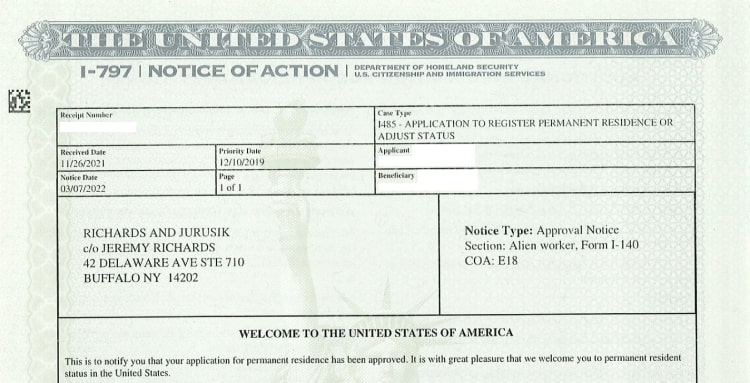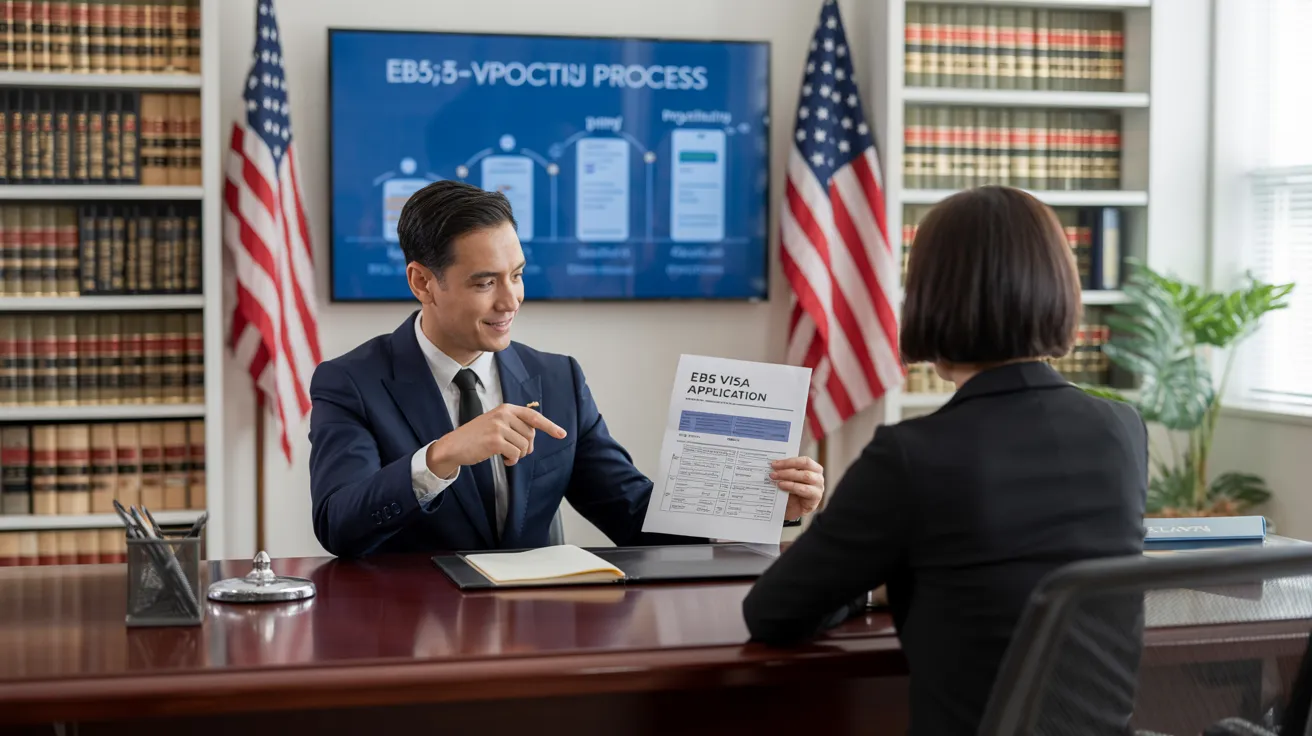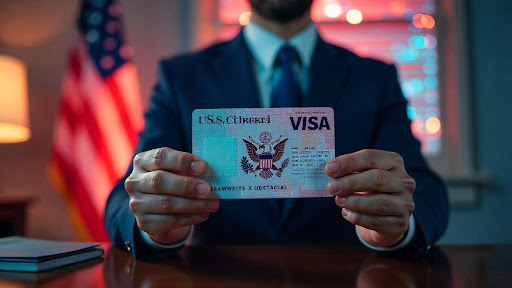A Biased View of L1 Visa
Table of ContentsFascination About L1 VisaFacts About L1 Visa UncoveredSome Known Factual Statements About L1 Visa What Does L1 Visa Mean?What Does L1 Visa Do?The Ultimate Guide To L1 Visa
Available from ProQuest Dissertations & Theses Worldwide; Social Scientific Research Costs Collection. (2074816399). (PDF). Congress. (PDF). DHS Office of the Examiner General. (PDF). (PDF). "Nonimmigrant Visa Stats". Fetched 2023-03-26. Department of Homeland Security Workplace of the Assessor General, "Review of Susceptabilities and Prospective Misuses of the L-1 Visa Program," "A Mainframe-Size Visa Technicality".

United State Department of State. Recovered 2023-02-08. Tamen, Joan Fleischer (August 10, 2013).
L1 Visa - Truths
In order to be eligible for the L-1 visa, the international company abroad where the Recipient was employed and the U.S. company need to have a certifying partnership at the time of the transfer. The various types of qualifying relationships are: 1.
Instance 1: Firm A is incorporated in France and employs the Beneficiary. Business B is integrated in the united state and intends to seek the Beneficiary. Company A possesses 100% of the shares of Business B.Company A is the Parent and Company B is a subsidiary. As a result there is a qualifying connection in between both companies and Business B need to be able to sponsor the Beneficiary.
Firm A possesses 40% of Company B. The continuing to be 60% is owned and controlled by Company C, which has no connection to Company A.Since Company A and B do not have a parent-subsidiary partnership, Business A can not fund the Recipient for L-1.
Instance 3: Firm A is included in the U.S. and wishes to petition the Recipient. Business B is integrated in Indonesia and employs the Recipient. Business An owns 40% of Firm B. The continuing to be 60% is had by Company C, which has no relationship to Business A. However, Company A, by official contract, controls and complete manages Business B.Since Company A has much less than 50% of Firm B however manages and regulates the company, there is a certifying parent-subsidiary connection and Firm A can sponsor the Recipient for L-1.
All About L1 Visa
Affiliate: An affiliate is 1 of 2 subsidiaries thar are both possessed and controlled by the same parent or individual, or owned and managed by the exact same team of people, in primarily the very same proportions. a. Instance 1: Firm A is included in Ghana and uses contact us the Recipient. Company B is incorporated in the U.S.
Company C, also incorporated in Ghana, possesses 100% of Business A and 100% of Company B.Therefore, Business A and Company B are "associates" or sister companies and a certifying connection exists in between the two business. Company B should have the ability to fund the Beneficiary. b. Instance 2: Business A is included in the U.S.
Company A is 60% had by Mrs. Smith, 20% owned by Mr. Doe, and 20% had by Ms. Brown. Business B is incorporated in Colombia and presently employs the Recipient. Business B is 65% possessed by Mrs. Smith, 15% had by Mr. Doe, and 20% possessed by Ms. Brown. Business A and Company B are affiliates and have a qualifying partnership in two various means: Mrs.
The L-1 visa is an employment-based visa category established by Congress in 1970, enabling multinational firms to move their supervisors, execs, or crucial workers to their united state operations. It is typically referred to as the intracompany transferee visa. There are two major kinds of L-1 visas: L-1A and L-1B. These types are appropriate for workers worked with in different settings within a business.

In addition, the beneficiary has to have operated in a managerial, exec, or specialized staff member setting for one year within the three years preceding the L-1A application in the international company. For new office applications, international employment needs to have been in a supervisory or executive capacity if the recipient is pertaining to the USA to work as a supervisor or executive.
Excitement About L1 Visa

If given for a united state business operational for more than one year, the initial L-1B visa is for up to 3 years and can be prolonged for an extra two years (L1 Visa). On the other hand, if the U.S. company is newly developed or has actually been functional for much less than one year, the first L-1B visa is released for one year, with expansions offered in two-year increments
The L-1 visa is an employment-based visa classification established by Congress in 1970, allowing multinational companies to move their supervisors, executives, or crucial workers to their U.S. procedures. It is commonly read more described as the intracompany transferee visa. There are two primary sorts of L-1 visas: L1 Visa L-1A and L-1B. These types appropriate for workers hired in different positions within a firm.
All about L1 Visa
In addition, the beneficiary must have worked in a managerial, exec, or specialized staff member position for one year within the three years coming before the L-1A application in the international company. For brand-new office applications, foreign work should have remained in a managerial or executive capability if the beneficiary is coming to the USA to function as a manager or executive.
for as much as 7 years to supervise the procedures of the united state affiliate as an exec or manager. If released for a united state business that has been operational for more than one year, the L-1A visa is originally granted for up to three years and can be expanded in two-year increments.
If provided for a united state firm operational for more than one year, the first L-1B visa is for up to three years and can be extended for an additional two years. Conversely, if the united state firm is newly developed or has actually been operational for much less than one year, the first L-1B visa is issued for one year, with extensions offered in two-year increments.
Comments on “Apply for L1 Visa”